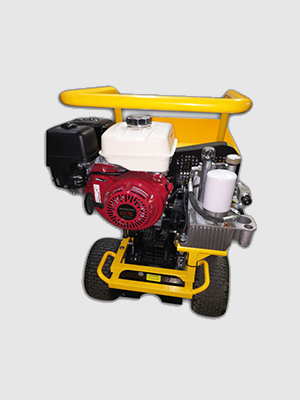
Spray fireproofing indicates spraying any compound in a manner that covers a specific surface properly in order to supply it with fire resistance. The technical name for Spray Applied Fireproofing is Sprayed Fire-Resistive Product (SFRM). It is utilized as part of a building's passive fireproofing technique. Spray applied fireproofing has thermal and acoustical homes and controls condensation. However, its primary usage is in insulating steel and metal decking from the heats found throughout a fire. Spray applied fireproofing can be sprayed onto steel to insulate it from the heat of a fire, hence conserving lives by providing sufficient time for people to leave the building. The product can be cement based or fiber based because both products have UL testing to ensure security. Sprayed fireproofing can be used for different materials like wood, material, structural steel and more. They do this by thermally insulating the structural members to keep them below the temperature levels that cause failure. It has actually been known for almost a hundred years that structural steel stops working quickly when warmed by fire. A short time later on, developing codes began to need protection of the structural steel in fire-resistive structures and rated the levels of security as it did fire division walls (one-hour, two-hour, and so on). The earliest types of protection were to enclose the steel columns and beams in more info terra-cotta (baked clay tile), concrete, or masonry. Later, gypsum plaster used to wire lath was used, to minimize the weight of the fire protection. Several layers of gypsum drywall board were likewise used to minimize the labor required for setup. This method is still in usage today.
When using a fireproof finish to structures, it is important for the product to dry within a specific quantity of time. While some fireproofing sprays include chemical accelerators to speed hardening, they still produce a substantial amount of wetness during the application procedure. Incidentally, the fireproof material might be more difficult to dry than drywall or cement. Without the best ambient conditions or construction drying services, a professional might face hold-ups and unintentionally develop safety threats. Sprayed Fireproofing Process
The specific qualities of each product, the manner in which they are ready and applied all impact the fire-resistive qualities of SFRM material. Among the most critical aspects for an effectively installed SFRM is its applied density. Sufficient insulation is readily available to mitigate the passage of heat from a fire to the structure being safeguarded just if appropriate SFRM density is ensured.